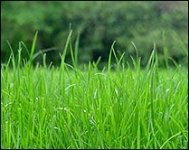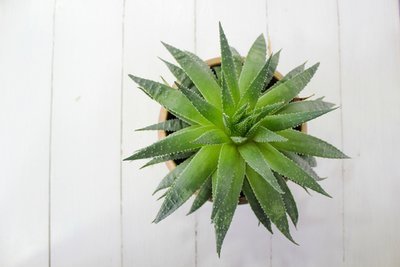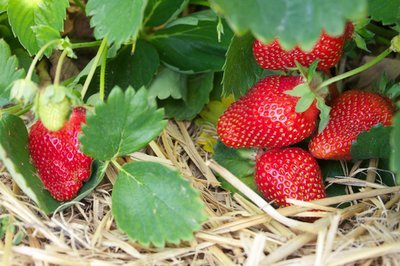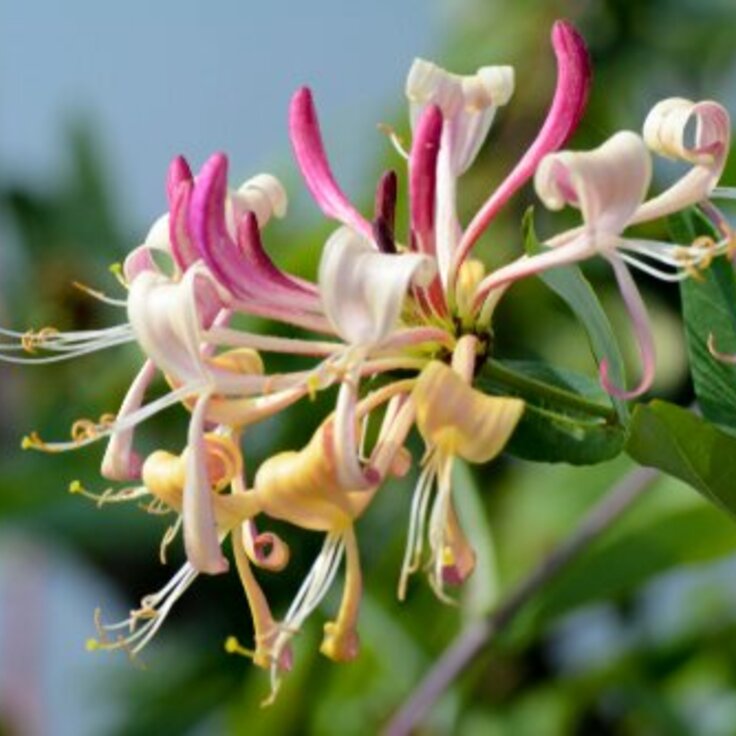Sowing perennials
If you want to increase your stock of border plants - now’s the time to sow!Mention to anyone - gardener or not - the sowing of flower seeds, and they will invariably think of bedding plants and annuals. But there is a whole raft of other border plants that grow well from seed - the perennials. These plants, which are defined as being plants that survive for three or more years, can be very successful when grown from seed, yet most people only think of propagating them by lifting them from the ground and dividing them.
If you fancy having a go at sowing them, then now is a good time to do it. Because we are not expecting the plants to reach flowering maturity in the same year as the sowing - as we do with annuals - we can afford to wait until later in the season. Besides, if we sow them in late spring or early summer, the young plants get to a decent size before the onset of cold weather in late autumn and winter.
The downside to sowing perennials is that some don’t come true; in other words the seedlings are not exactly like the parents. But if this can show the occasional benefit as there is always a chance of producing a seedling that is superior to its parents.
Seedlings of plants with coloured, marbled or variegated leaves, such as Hosta and Heuchera cultivars, vary in colour so poor forms need to be ‘rogued’ out at an early stage.
Sow seeds if…
…you want to grow perennials that are very slow to increase from cuttings, division or layering. These include many alpine species, including forms of pasque flower (Pulsatilla) and Hepatica. Such perennials are all raised in large numbers commercially from seeds.
…you want to grow monocarpic species (these are plants that die after the first flowering). Typical examples here include Meconopsis (blue poppy), Echiums, bamboos, and several members of the succulents family (including Agaves, Vriesias and Guzmanias).
Sow seeds of…
…carnations and pinks (Dianthus); foxtail lilies (Eremurus); sea holly (Eryngium); perennial wallflowers (Erysimum); spurge (Euphorbia); Helen’s flower (Helenium); perennial sunflower (Helianthus); Hosta; blue-, Himalayan and Welsh poppies (Meconopsis); poppy (Papaver); Ramonda; buttercup (Ranunculus); Sisyrinchium; pansies and violets (Viola); arum lily (Zantedeschia), and many more.
Quick tip
When sowing seed at this time of year be aware that trays and pots can dry out in minutes, so keep them in the shade.
Step-by-step
1.Fill a half-tray or small pot with a seed sowing compost. Water it and tamp it level and firm. The surface should now be about ½in (1cm) below the rim of the container
2.Lightly sprinkle the seeds of your chosen perennial (either packeted seed or seeds saved from existing species) across the surface of the compost. Make sure that the seeds are spaced evenly
3.Using a sieve, lightly cover the seeds with the same compost (or vermiculite - pictured). This covering should be no more than ¼in (6mm) deep. Water with a fine-rosed can, and place in the shade








